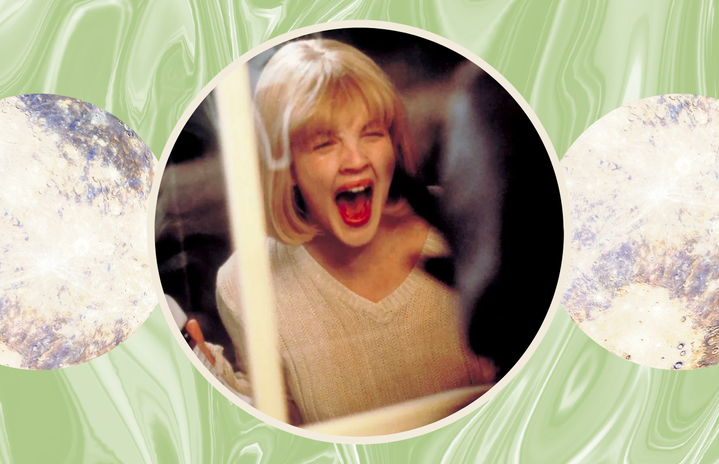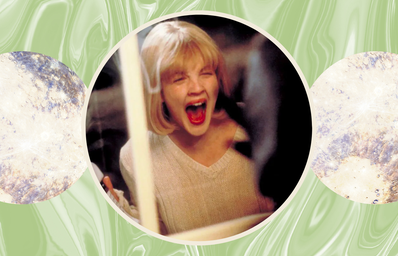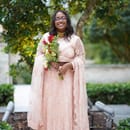The spookiest thing about Halloween is not what you think it is.
Halloween is right around the corner. Most people’s social media has been inundated with advertisements for horror movies and candy, but women are specifically recipients of advertisements for “sexy” Halloween costumes. To be honest, I don’t even blink when I get an ad for a risqué costume, and my friends tell me that they don’t think twice about them, either. However, we should be aware of the sexualization of women’s Halloween costumes and their implications for society at large.
History of Women’s Halloween Costumes
In the 1910s, women typically made their own costumes. The most popular ones were easy to make, such as a witch costume. By the 1920s, there was a notion that Halloween was meant to be a night of glamour, which inspired women to incorporate flapper fashion trends into their looks. Costumes weren’t “sexy” yet, but they were consumerist.
In the 1930s and 1940s, Hollywood began to make its mark. In the 1930s, Disney made licensing deals that spurred the mass manufacture of Disney costumes, such as Mickey Mouse and Minnie Mouse. In the 1940s, studios in Hollywood would dress starlets in Halloween costumes that were significantly more revealing than traditional costumes for promotional photos. As a result, women began to sport shorter, tighter dresses on Halloween.
In the 1960s and 1970s, women’s fashion experienced an upheaval in which women’s clothing began to reflect their sexuality and femininity. The gay liberation movement played an important role in this shift in women’s dress. Halloween parades in major cities like New York City and San Francisco allowed LGBTQ+ folks to express themselves in outrageous and daring costumes that they ordinarily couldn’t wear. These parades began around the same time as the Stonewall Riots. The movements enabled women to dress provocatively by abandoning bras, wearing pants, and sporting short hemlines. Fashion was used to resist the patriarchy. This period led to the Halloween costumes that we see today.
Objectification of Women’s Bodies
As women’s costumes become more sexual, it becomes more important to explore the cultural and societal implications that arise as a result. The primary impact of the sexualization of women’s costumes is the objectification of women’s bodies. Objectification is the act of degrading a person to the status of an object. Women’s Halloween costumes objectify women in a process that lasts their entire lives.
Beginning in childhood, girls are advertised Halloween costumes that are overtly feminine. Even during a holiday where one can theoretically dress as anything, children are conditioned to dress in a manner that aligns with their perceived gender. It’s rare to see a little boy dressed as a princess or a little girl dressed as a prince. Costumes that should be gender neutral, such as inmate costumes, are produced and sold with gender in mind; they come in black and white stripes for boys and pink and white stripes for girls. Further, boys and girls are posed in advertisements to reflect traditional gender roles; boys are not smiling, whereas girls are posed in a coquettish manner. This indicates that gender roles are taught to young children, and enforced during Halloween, which enables companies to sexualize women in adolescence.
Women are also sexualized in their teenage years. One study found that teenage girls and adult women are not advertised costumes that are significantly different in regard to sexualization. This could be explained by the fact that many websites don’t have a category for teenage Halloween costumes, so adolescent girls are often pushed to adult costumes instead of more age-appropriate ones. While this is one probable explanation, it’s abundantly clear that costumes for women become increasingly sexual as they age. When several Halloween costumes of the same identity – devil, angel, nurse, etc. – were compiled across age ranges, the sexualization of women’s costumes became apparent. As girls transformed into teenagers and teenagers transformed into adults, the costumes that were marketed to them began to lose fabric and grow more suggestive. This demonstrates a clear trend where girls are told that in order to be feminine or attractive on Halloween, they must dress provocatively.
This can have real consequences on the psyche. When women and girls are told to dress for others, they often “self-objectify,” which essentially means they internalize an outsider’s perspective of themselves. This can lead to continual monitoring of their bodies in forms such as dieting or dressing sexually in daily life. Basically, a woman’s self-image becomes contaminated by sexist notions that tell her how to dress and what is attractive. This can cause body image issues, self-esteem issues, depression, and anxiety. In the future, we should be careful in consuming from companies that profit off the objectification of women’s bodies and should encourage women to dress how they want to dress, rather than how they feel they should dress.
To be clear, I’m not saying that adult women should not dress provocatively on Halloween. Halloween is meant to be a fun holiday where you can change your self-expression in whichever way you see fit. If you are comfortable and feel empowered when you dress sexually, you should! However, it’s important to understand that this mode of women’s empowerment has been co-opted by sexist and capitalistic ideals of what it means to be feminine or attractive. So, the next time you see an advertisement for a sexy-pumpkin-costume or something equally as ridiculous, remember what companies are covertly selling you – it’s scarier than you think.


